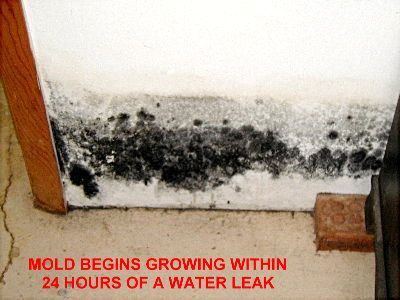Toxic Black Mold?

We last talked about mold, it’s many colors and more specifically about ‘toxic’ mold, which is called ‘black’ mold by most. If you left an orange in your fridge too long, it will turn white with mold. A pie shell holding your favorite filling will generate green mold on the bottom if left too long. The wet or damp building materials in your basement will grow black colored mold. So is all this mold toxic or is it just the ‘black’ one?
First off, any color mold is dangerous. But the ‘black’ variety found on building materials, furniture and boxes is our subject. Think of the words ‘black’ mold like asking for a Kleenex. Kleenex is a brand name, not a product name…the product is correctly named a tissue, not a Kleenex, and there are many companies making tissues. So if you ask me for a Kleenex I may hand you a box of Scotts, Northern, or another brand of tissue. The same applies to ‘black’ mold, which is simply a strain of mold that is black in color and not necessarily ‘toxic’. So how do you determine if the ‘black’ mold in your leaking basement is of the more serious ‘toxic’ kind?
Understand that any high concentration of mold is not good for you, but ‘toxic’ mold is the most dangerous. Generally ‘toxic’ mold will produce an odor like ammonia or strong feline urine. If you smell this I recommend you immediately avoid the area and contact a company dealing with mold remediation. And if you see ‘black’ mold but no smell, give us a call.
